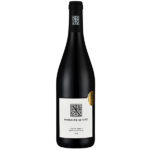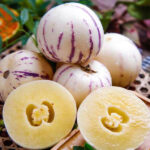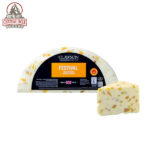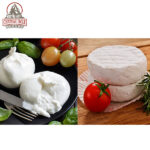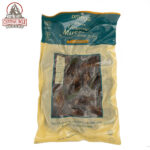Navarra
Navarra is a region best known for its annual Running of the Bulls (known locally as Sanfermines), a festival that transforms the narrow streets of its capital, Pamplona, into pulsating rivers of revelry and rosado, red pañuelos and red wine.
Navarra is one of Spain’s 17 autonomous regions, a storied land of vast inherited cultural wealth tucked into the Pyrenees of north-central Spain, just below France.
Navarra lies at the nerve centre of a celebrated medieval pilgrimage route, the Camino de Santiago, and was once a Kingdom of Navarra, whose cultural flowering under French monarchs in the late Middle Ages left behind both a stunning architectural legacy and a potent residual ‘Frenchness’ that still pervades local sensibilities.
Navarra sits along a rugged, transitional zone at the convergence of three major climate types–Mediterranean, Continental, and Atlantic. Its landscape comprises semi-desert basin, lush woodland hills and high mountain peaks, all within a total area is smaller than that of Connecticut.
Navarra’s stark variations in topography and climate help explain why its agricultural bounty is considered among the most diverse and celebrated in Europe, and why its winemaking is so versatile.
D.O. Navarra, the wine region, occupies roughly half the area of the municipal region of Navarra, comprising around 11,500 hectares of vineyards. The D.O. (which stands for Denominación de Origen) is bounded to the north by the verdant lower slopes of the Pyrenees, just below Pamplona, and extends southward and outward, down a series river valleys until the region reaches its southern terminus at the arid Ebro basin.
The D.O. is divided into five distinct winemaking subzones: Ribera Baja, Ribera Alta, Tierra Estella, Valdizarbe, and Baja Montaña and is governed by a Consejo Regulador based in the historic village of Olite.
Showing the single result

